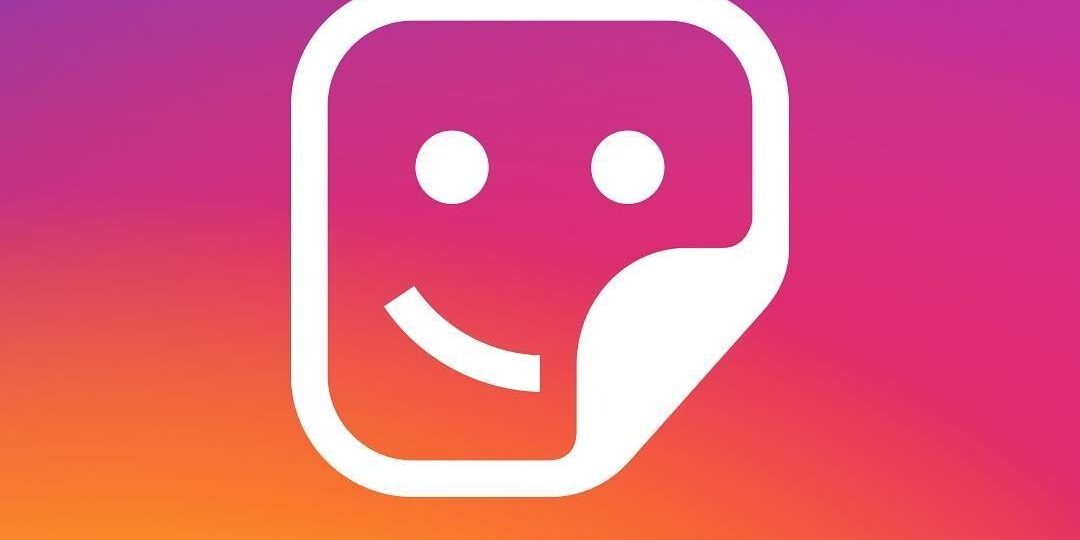IG has become the favorite way to share among teens and young adults, beating out Facebook and Twitter. In the US, young people 18-29 years old make up half of the users on Instagram.
What makes Instagram different from social media networks such as Facebook or Twitter is the way people use it. Instagrammers frequently check the site, often several times a day, and engage with posts at a much higher rate than with other social networks.
We have compiled in this article some tips shared by non-profit users on how to make the best of IG to increase the level of engagement with your followers, and beyond:
- Videos get more than 20% more engagement than static content, according to a study by Quintly. The same report notices that the use of hashtags seems to decrease interaction.
- People prefer to connect with people, much more than brands and logos. Having a personalized presence increases your reach on Instagram and creates deeper connections with donors and supporters. This means that your communication on IG c/should sometimes share your personal stories, away from your cause or mission. Just you, your cat, etc.
.

- Likewise, sharing from time to time content that is NOT related to your cause but to other subjects that your (potential) audience is interested in (including entertainment, art, etc.) can make your content more “relatable” to people and help them associate your account with pleasant content (see “pairing” tactic for comm on the online course).
- You have 2,200 characters for captions, and if you exceed three lines of text the caption will be truncated. While there is no definitive study on whether lengthy captions encourage or discourage engagement, the caption needs in any case to be catchy from the outset, so directly addressing the target audience rather then repeating what is in the image. An example of how this works is to post an enigmatic/confusing/intriguing picture and asking the audience for its opinion (remember that blue or gold dress ??). Be aware that longer captions are preferred by the algorithm, so if you rely on them it pays off to spend time on captions.
- On IG too it pays off to focus sometimes on the user instead of the cause. E.g. a post by @doctorswithoutborders : « #mentalhealthweek we’re highlighting some of the de-stressing tips we give our aid workers. These tips can also help you! »
.
- The avalanche of photos on snapchat makes original artwork stand out. Consider using less photos and more creative artwork which, if you are consistent with the graphic design, can become part of your « brand ».

- The IG “stories” feature (a slideshow of pics and/or videos that disappear after a day) seems to be the most popular feature (Some report 500 million users of stories each day). Here are a few tips on how to make stories work for your engagement:
As it focuses on storytelling and storytelling being a nr1 campaign tool, there seems to be a point in using this feature more. Especially in places where these are not yet popular, it can really help to get better noticed by your followers, as your story will show up on your followers’ feed.
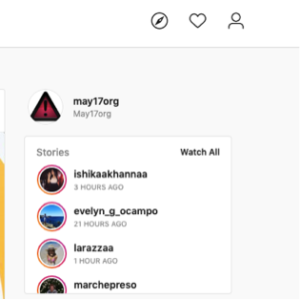
It could particularly be interesting to use this feature as a “medium is the message” tool. A good example of this was the WWF “last selfie” campaign on snapchat where the organisation used the ephemeral nature of Snapchat (pictures disappear after a short while) to encourage users to screenshot their Snapchat posts before they disappeared and share to Twitter.

IG stories could be about disappearing voices of LGBTQI+ people, last messages of people needing to go in hiding or leave the country, etc.
For accounts over 10.000 fans, IG stories allow to insert “swipe up” GIFs that lead users to other content. So your stories can be an effective way to publish your call for action and generate engagement on your other channels.

Stories allow you to share other people’s content and therefore potentially engage their audience, generate alliances, engage the reciprocity effect, etc., all without having to create content yourself.
IG stickers are popular. Most are pretty much just gimmicks but they make content look more personal and can therefore favor engagement. Some stickers are directly MADE for engagement:
The Question or Quizzes Stickers features in IG Stories are a very convenient way to kick start this form of engagement, which can help people engage over topics that they are curious about (or that you make them curious about).
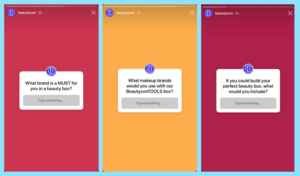
This works especially well for a Q&A type of interaction (or living library).
Question stickers can also be used to host your very own Instagram Stories contest that could look something like this :
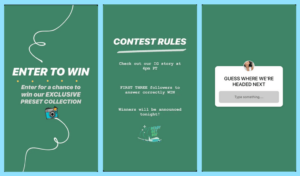
If you want to take it one step further, you can add in another qualifier by requiring participants to tag a friend on your post before the contest goes live. This will get more eyes on your stories, and may even get you some more followers!
The poll or vote stickers are obviously interesting for quick engagement
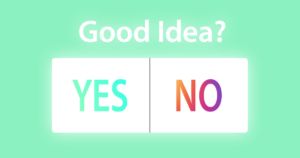
For calls to action that require simultaneous collective action (remember the “thunderclap” site?), the Countdown sticker is useful. Once you put a Countdown Sticker on your Story, viewers can add the event to their calendar and turn on reminder, notifications so this will allow you to engage them at a specific moment. You can also use this tonotify viewers when you’ll be going Live (see below).
Music stickers are a good way to create the right mood for your message (pairing, again…). But they can also lead people to a specially recorded audio that could be part of your campaign, but it should of course not overwhelm your story’s main message.
Live videos (which work a lot like the Facebook’s live video feature. A Live tag will pop up on your Instagram Stories bubble to alert your followers that you’re live) help create a sense of community. It can also be a good way to create « happy few » feelings for audiences which you want to engage more into taking action, all the more as users can join in the live video and they then appear on the screen (much like a video conference).
For more ideas, this is an interesting article on fostering engagement with IG stories.
And HERE is a free online course to develop an IG stories strategy

